Hazardous Plants For Pets
I have compiled a list of 57 hazardous plants for pets—Dogs, Cats, Ferrets…
Some of these plants can be toxic.
Some of these hazardous plants are indoor plants, others are outdoor plants. Many can grow indoors or out. Some of these plants are more harmful than others, and some can be toxic. Plants, such as Poinsettias and Firesticks secrete a liquid that can be toxic. Other plants, such as Philodendron and Devil’s Ivy, if eaten, can cause swelling and burning of the mouth and tongue as well as digestive issues, spasms, and even seizures. While some parts of these plants are often more hazardous than others, every part of some plants are toxic. With the Sago Palm, for example, every single part of the plant is poisonous—including the seeds, roots and leaves. Eating any part of the plant can cause vomiting, diarrhea, and in some cases, liver failure.
Note that many of these plants may come in different varieties and/or colors. The flower and leaf colors may vary, as well as the berries or fruit of the plant. The shape of the flower and leaves may also vary. The names and photos are representative of 57 plants that are hazardous to pets. I have included photos of most plants on the list, with the exception of a few very common, well know plants, such as tulips.
These plants may be beautiful and we may love to have our homes and yards filled with them. However, if your dog, cat, ferret or other pet has access to them, there is always a risk. It is best to keep any of the plants on this list away from pets. Keep them out of your house and out of your garden. It is always better to be safe now rather than to be sorry later.
Hazardous Plants For Pets
| Aloe Vera (Aloe Barbadensis, Aloe Indica, Aloe Barbados)
|
| Amaryllis
|
| Asparagas Fern |
| Autumn Crocus
|
| Azalea (Rhododendron)
|
| Bird of Paradise (Strelitzia) |
| Blue Bells (Browallia)
|
| Boxwood (Buxus)
|
| Burro’s Tail (Sedum morganianum)
|
| Bush Lily, Natal Lily (Clivia)
|
| Calla Lily (Zantedeschia)
|
| Castor Bean (Ricinus communis)
|
| Chinese Evergreen (Aglaonema commutatum)
|
| Corn Plant (Dracaena fragrans)
|
| Croton (Codiaeum)
|
| Cyclamen
|
| Daffodils (Narcissus) |
| Devil’s Ivy, Pothos (Epipremnum aureum)
|
| Dumb Cane (Dieffenbachia)
|
| Elephant Ear (Caladium)
|
| English Ivy (Hedera helix)
|
| Eucalyptus
|
| Firesticks (Euphorbia)
|
| Firethorn (Pyracantha)
|
| Flamingo Flower (Anthurium scherzeranum)
|
| Floss Flower (Ageratum)
|
| Golden Trumpet (Allamanda)
|
| Heliotrope (Heliotropium arborescens)
|
| Holly (Ilex aquifolium) |
| Honeysuckle (Lonicera)
|
| Hyacinth |
| Hydrangea |
| Iris |
| Jade (Crassula ovata) |
| Japanese Laurel (aucuba)
|
| Jasmine
|
| Jerusalem cherry (Solanum pseudocapsicum)
|
| Lantana
|
| Lily of the Valley (Convallaria)
|
| Mistletoe (Phoradendron serotinum) |
| Natal Palm (Carissa macrocarpa)
|
| Oleander (Nerium oleander)
|
| Ornamental Pepper (Capsicum annuum)
|
| Petunia |
| Philodendron
|
| Poinsettia (Euphorbia) |
| Primrose (Primula)
|
| Red Hot Cat’s Tail, Chenille Plant (Acalypha)
|
| Sago Palm (Cycas revoluta)
|
| Spider Plant (Chlorophytum comosum) |
| String of Pearls (Senecio)
|
| Sweet Pea (Lathyrus)
|
| Swiss Cheese Plant (Monstera)
|
| Tulip (Tulipa) |
| Wax Begonia (Begonia x semerflorens-cultorium)
|
| Wax Plant (Hoya)
|
| Yesterday, Today, Tomorrow, Kiss-Me-Quick, Lady-of-the-Night (Brunfelsia)
|
| ZZ Plant (Zamioculcas zamiifolia )
|
I want to stress that this is a partial list of 57 common hazardous plants to dogs, cats, ferrets and other pets. There are hundreds of plants that can be hazardous to pets–too many to list here. If you want to learn more, check out these resources.
If your pet comes in contact with one of these plants, especially if he has ingested some of the plant, please contact your Vet or call the ASPCA’s poison control hotline at (888) 426-4435. There may be a charge from the ASPCA for their service.
Your comments are welcome.

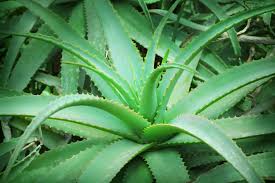
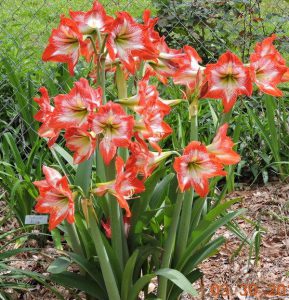
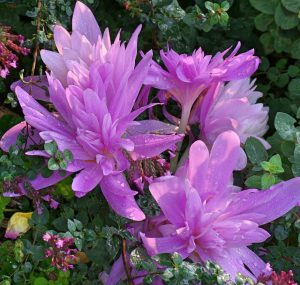

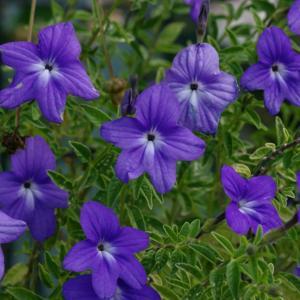
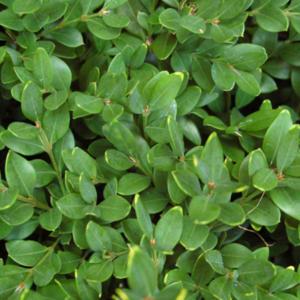
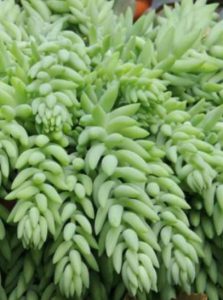

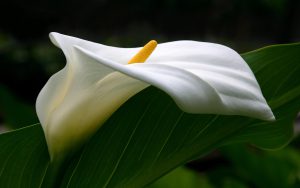
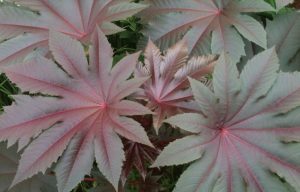
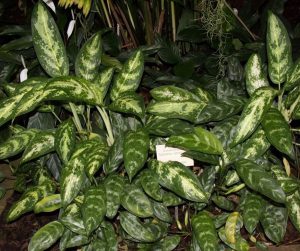
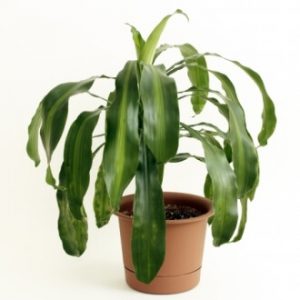
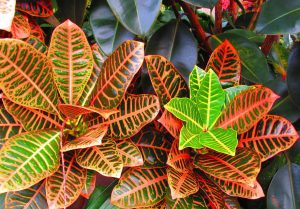
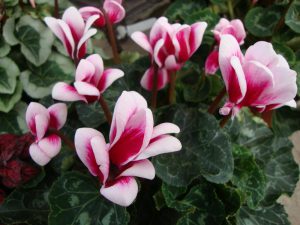
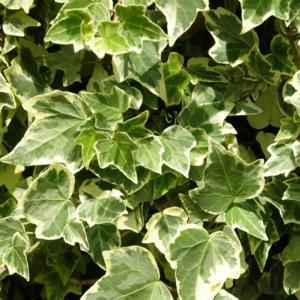
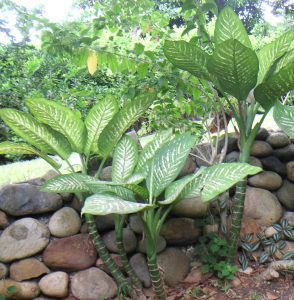
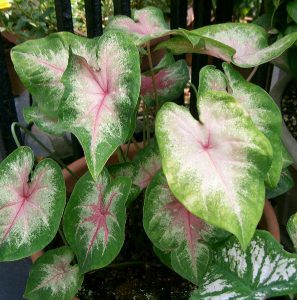
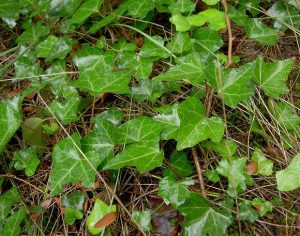
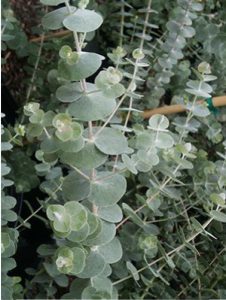

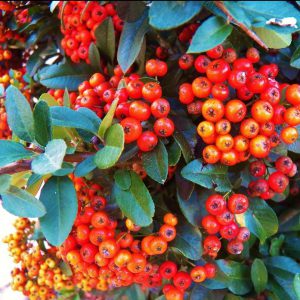
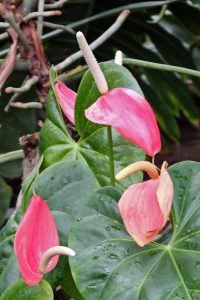
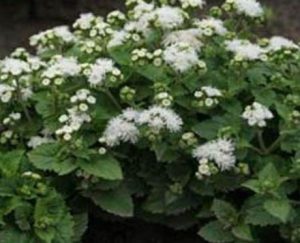
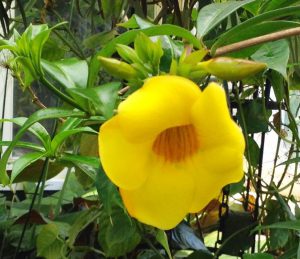
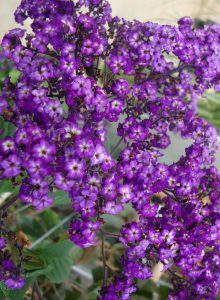

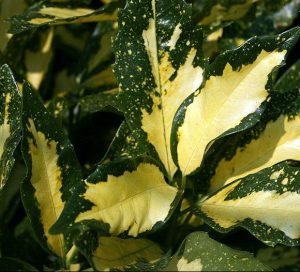
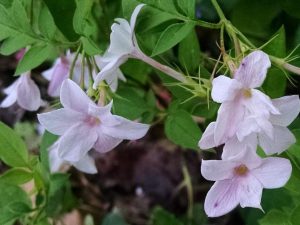
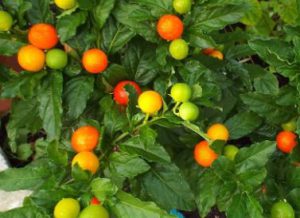

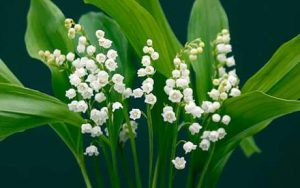
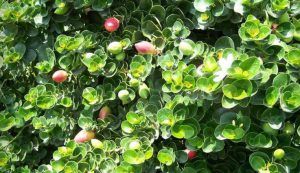
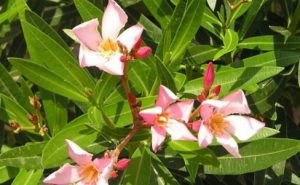

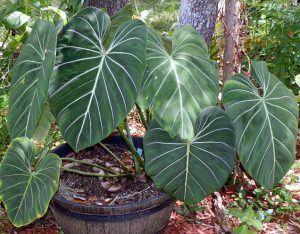

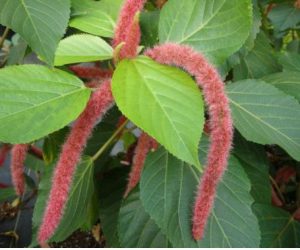
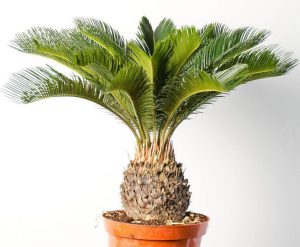
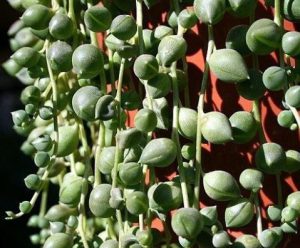


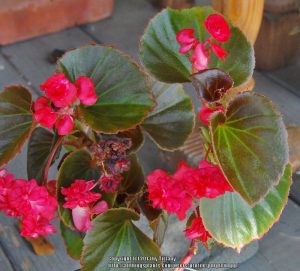

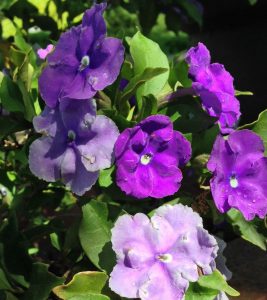
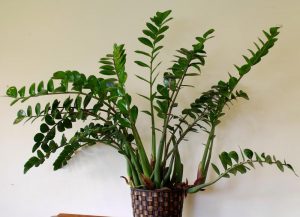

Hello,
I would like to thank you for your very informative post on hazardous plants for pets.
It is true, we don’t think of plants when something is not right with our pets.
Good to know and to be able to see if my interior plants could be a threat.
I thought animals were eating instinctively plants that help them to detox? could they chew on any plants?
Thank you so much.
Good luck
Psunshine
Hi Psunshine,
I’m glad you found my post informative. Some animals do eat grass, for instance, if they have an upset stomach. But some pets just eat everything and anything!
I was surprised that Aloe Vera is hazardous to pets, it is a very common plant where I live and many people use it for different thinks, for skin and some make a juice from it. It´s good to know that I have to keep it away from my back yard because I have a dog.
Very good info.
Thanks for your comment, Ruben!
Yes, Aloe Vera is used in different forms for people. I put it on sunburns. I have a plant, but it is not where pets can get to it!
Hi, Sandra!
Thanks for the poston hazardous plants for pets! I never thought that Aloe Vera might be toxic for my pet. I will make sure from now on to keep it away from it. Thanks for raising awareness. Keep up with the good work!
I’m glad you found it useful, Andrei!
I was surprised about Aloe Vera as well. People drink Aloe juice!
Wow. So many hazardous plants for pets; maybe silk plants are the way to go indoors if you have pets!
Hi Bryce
Yes there are a lot of hazardous plants for pets! Silk is a good alternative!
I am really surprised that so many plants would be toxic for pets. Yes, I know about oleander. When I had sheep they perfectly knew that it is poisonous and didn’t eat it. It is growing here everywhere and I have never seen my cats or dogs taking any interest in it – except lying under the bushes in the shade. The type of Aloe I grow in a pot has many thorns and that would certainly hinder my dog or cats to try to eat them. Not sure about the other plants you mention but I certainly will observe it in future. Thank you
Hi Heidi,
Thanks for your comment. There are so many plants that are hazardous for pets and many are toxic. Most pet owners are not aware of even the most common ones. I know I wasn’t until I started doing research. Sometimes animals instinctively know to avoid certain plants, but not always. And sometimes, especially with ferrets, they are just too curious!
I have a ferret that loves to go through the plants outside and I wanted to plant some Lily of the Valley and now I’m scared too.. is it better to not plant it ?
Hi Martha,
Ferrets love to dig in the dirt and russel around in the plants more than actually eating them. But I always play it safe. Is it worth the risk of your ferret ingesting it? If you really want to plant them can you keep your ferret away from them? I recommend first testing it out to see if your ferret is interested in them or not. Before you plant them, you could show them to your ferret and keep a close eye to see if she’s interested in it. Hope this helps!